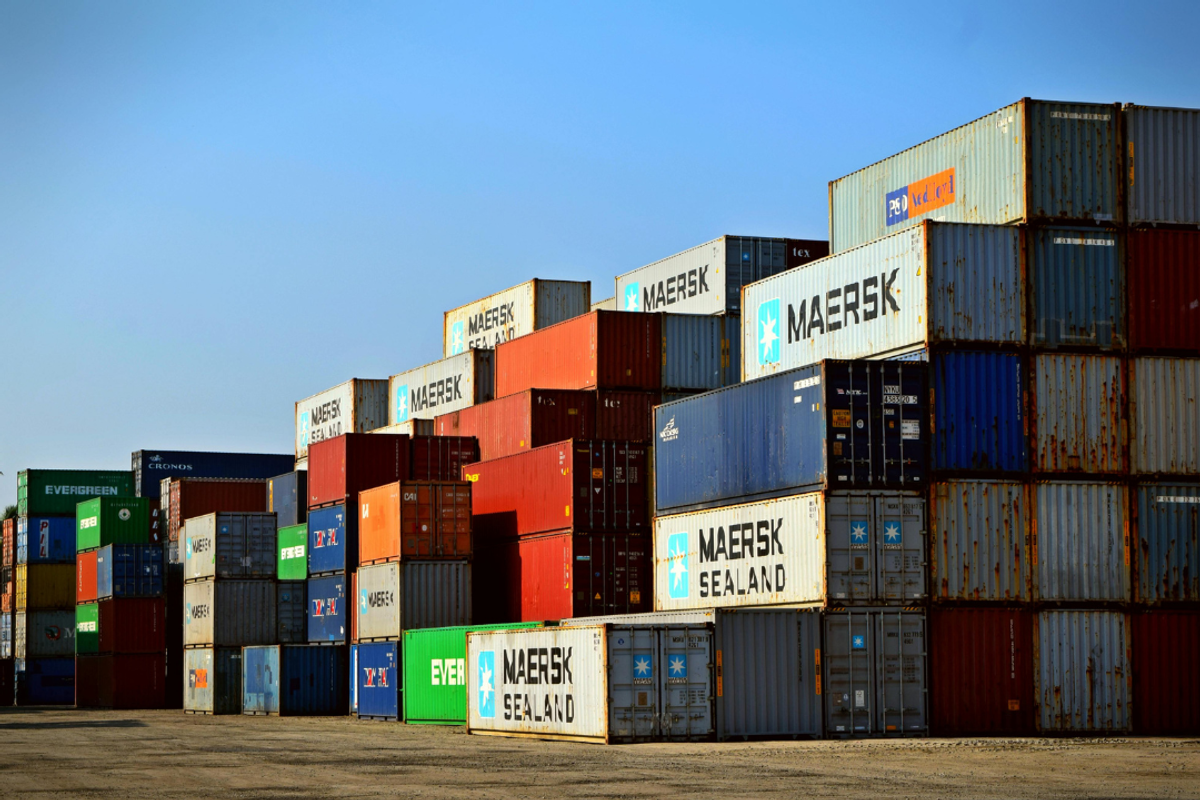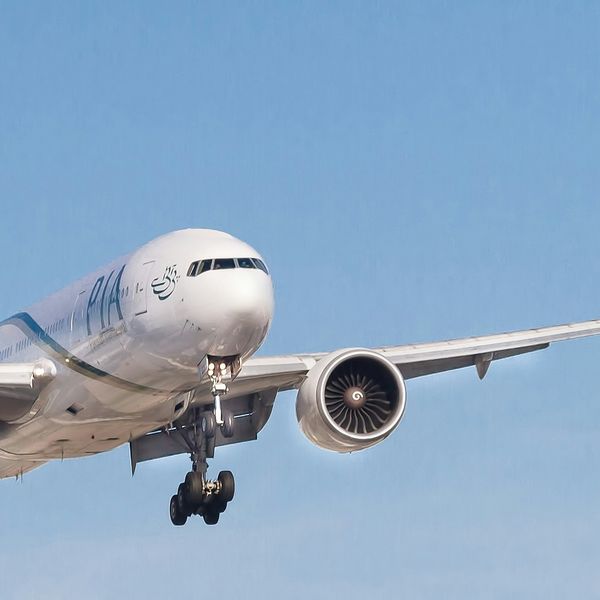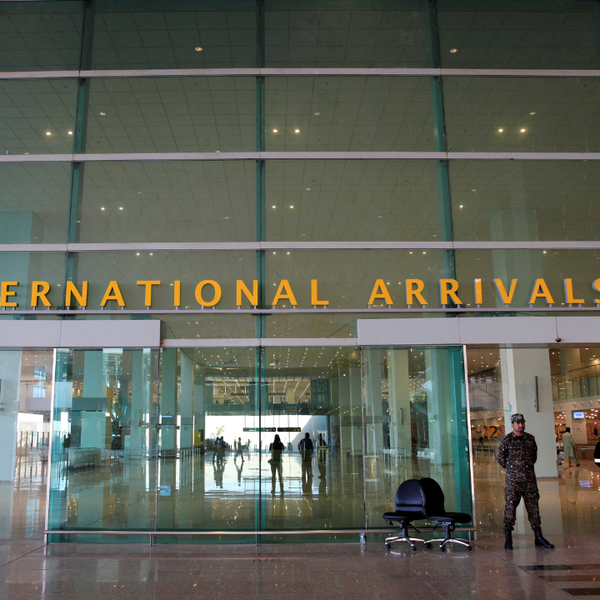Pakistan trade deficit hits 6-month high of USD 3.3B in Sept
Trade deficit in first quarter of FY26 widens to $9.37 billion
Business Desk
The Business Desk tracks economic trends, market movements, and business developments, offering analysis of both local and global financial news.

The gap between imports and exports has raised concerns about Pakistan's fragile external position.
Pakistan’s trade deficit increased 46% to $3.34 billion in September, as rising imports outstripped weak exports, official data showed.
Exports fell 12% year-on-year to $2.5 billion, while imports surged 14% to $5.8 billion, resulting in a 45.83% increase in trade deficit compared to Sept-24, marking the highest gap since April.
On a monthly basis, exports increased 3.64% from $2.42 billion to $2.5 billion, but imports climbed 10.53% from $5.3 billion to $5.84 billion. The month-on-month deficit increased by 16.33% from $2.87 billion to $3.34 billion.
In the first quarter of FY26 (July to September), exports fell 4% to $7.6 billion, but imports rose 13% to $16.97 billion. The quarterly trade deficit widened to $9.37 billion — up one-third from a year earlier.
What is the impact of a trade deficit?
The gap between imports and exports has raised concerns about the country’s fragile external position, especially as Pakistan grapples with inflationary pressures, exchange rate volatility, and structural reforms under an ongoing IMF-supported program.
The imbalance highlights structural weaknesses in exports and persistent import demand, keeping pressure on Pakistan’s external account despite earlier stabilization measures.
The widening trade gap is expected to weigh on the current account, which had briefly shown improvement on the back of remittance inflows.
The deficit is expected to widen further in the coming months as the country will have to import food items to make up for the damage to crops due to floods.
According to estimates, Pakistan’s current account deficit is projected to widen by approximately USD 1.93 billion in FY26.
Arif Habib Ltd. (AHL) said the country’s trade balance will take a significant hit as both import bills and export revenues shift unfavorably due to widespread agricultural losses.
“The most notable pressure is expected from cotton, where domestic shortfalls could push imports up by 737,000 tons, costing about USD 1.06 billion,” AHL said in its September report.
On the export side, key agricultural commodities are also expected to underperform. Textile exports could fall by around USD 300 million, while rice and sugar exports are projected to decline by USD 278 million and USD 283 million, respectively. This brings total projected export losses to nearly USD 861 million.







Comments
See what people are discussing